-----------------------------------
COVID news & more, 10/19/24, by Ruth Ann Crystal MD, Oct 19, 2024
Wastewater SARS-CoV-2 levels nationally are LOW and are continuing to descend in all regions except for in the Northeast where there has been an uptick. No states are in the VERY HIGH level of wastewater virus at this time. According to the CDC, Minnesota, Missouri, New Hampshire, Vermont and Wyoming have the highest levels of wastewater SARS-CoV-2 virus, followed by high levels in Arizona, Maine, and Oregon. Here in California, wastewater COVID levels are low across the state.
According to JP Weiland, COVID transmission is well below levels that we saw in the last two fall seasons. Presently, there are approximately 250,000 new COVID infections per day in the United States, with 1 in every 132 people currently infected.
From: https://www.cdc.gov/nwss/rv/COVID19-nationaltrend.html
Pseudovirus testing from Kei Sato’s lab shows that the XEC variant is somewhat more immune evasive and infectious and therefore it is expected to be the next dominant SARS-CoV-2 variant globally. XEC has modest growth now, but it is not expected to cause as big of a wave as recent variants did. The new COVID vaccines are available and they should protect against XEC and KP.3.1.1. If you have not received your fall vaccine yet, you may want to consider waiting until mid-November so as to boost immunity right before Thanksgiving and Christmas. Remember, it takes at least two weeks after vaccination to make enough antibodies for good protection.
Emergency department visits for COVID have significantly decreased compared to a few months ago, but are not yet as low as levels seen in April this year. Fortunately, emergency department visits for COVID are less than half of what were seen in the fall season in 2022 and 2023.
UK
“Covid infection levels in England have risen by 17% last week, with around 1 in 91 people in England now infected with COVID as of 13 October… COVID infection levels in England have increased steadily since the middle of August and are now just below the levels seen in the July peak.”
France
France had their highest summer COVID wave ever this year. Within the last month, there has been a steep increase in COVID infections among people over the age of 65 in France.
Acute COVID infections, General COVID info
A new study confirms something that I have been concerned about- namely that COVID infection is linked to an increase in car crashes. The increased risk for car accidents from a COVID infection was found to be equivalent to driving under the influence of alcohol at legal limits or driving with a seizure disorder and may be related to neurologic changes caused by SARS-CoV-2. The authors concluded, “neurologists dealing with post-COVID patients should remember that they may have an obligation to report medically impaired drivers.”
This reminds me of the human challenge study from earlier this month showing that one year after young, healthy people had a mild COVID infection, testing showed that they had long term memory and executive function cognitive dysfunction, even though they did not think that they did. People who are driving may also not realize that they are impaired due to COVID.
A new study from the University of Kentucky studied 120 patients hospitalized with critical COVID of which 98 patients (82%) required mechanical ventilation for a median duration of 14 days. Ninety-three percent of these patients had generalized fatigue and exercise difficulties in the short term. Eleven of these patients agreed to be followed long-term and underwent a muscle biopsy 267 ± 98 days after discharge. Skeletal muscle tissue from critical COVID recovered patients showed increased M2-like macrophages and satellite cells and lower mitochondrial complex II and complex IV activity compared with controls.
From March 2020 to May 2023 during the pandemic, excess deaths were highest for American Indian/Alaska Native, Pacific Islander, and Hispanic populations. Surprisingly, the largest relative increase in mortality was in a younger than expected population- adults aged 25 to 64 years. Among people ages 25 and under, 51% of the excess deaths occurred in the Black population.
Pregnancy
Prenatal SARS-CoV-2 infection is linked to higher pregnancy and birth complications, with strong inflammatory responses found in both mothers and their babies. Researchers from Cleveland Clinic found the SARS-CoV-2 viral protein ORF8 in 60% of fetal tissues (placenta, amniotic fluid, umbilical cord sample), even though only 26% tested positive for the virus' RNA. The viral ORF8 protein in the fetal tissues led to inflammation and activation of the complement system, suggesting that this protein contributes to fetal inflammation during COVID-19 pregnancies, even without direct viral infection.
From: https://www.embopress.org/doi/full/10.1038/s44318-024-00260-9
Pediatrics
Adults have been found to have an increased risk of Type 2 diabetes after COVID infection. In a new retrospective study of 613,602 pediatric patients aged 10 to 19 years, there was an increased risk of Type 2 diabetes after COVID infection that was not seen in kids with other respiratory infections (ORI). Teens and kids who had a COVID infection had a 48-58% increased risk of Type 2 diabetes. Those who had obesity or were overweight had double the risk of Type 2 diabetes as compared to kids with ORI. Teens and children who were hospitalized with COVID had a 2.6 to 3.1-fold risk of getting Type 2 diabetes after their COVID infection.
COVID is not benign for children. A new piece in Scientific American shows that 10-20% of children infected will get Long COVID, often with symptoms such as cognitive difficulties, memory issues, pain, and fatigue. On last estimate, 5.8 million American children have Long COVID, which can impact nearly every organ system and contribute to both learning and behavioral challenges. Repeat infections have been found to increase the risk of Long COVID in adults and probably does in children as well. It is important to protect kids with vaccination, improved air quality in schools, and better health policies such as staying home when sick.
Vaccines
Long lived plasma cells (LLPC) in the bone marrow produce long-term circulating IgG antibodies (and IgA antibodies) to protect against infection. A recent study found something surprising- mRNA SARS-CoV-2 vaccination, even when combined with SARS-CoV-2 infection, does not cause specific LLPCs that could provide IgG antibodies against the virus long term. A new study shows why. For B cells to transform into LLPCs, their Y-shaped receptors need to bind to two spike proteins at the same time in a process called cross-linking. However, the surface spike proteins on the SARS-CoV-2 virus are spaced too far apart to allow B cells to effectively trigger cross-linking. Without LLPCs, immunity to SARS-CoV-2 fades quickly. Scientists are exploring ways to redesign vaccines to address this issue.
From: https://buff.ly/3A6BrMV
Antiviral treatments and prevention
Here in the Bay Area, Alameda, Contra Costa, Santa Clara, San Mateo, and Napa counties have reinstated the mask requirements in hospitals and health care settings starting Nov. 1 through the end of March or April 2025.
Masking and COVID precautions such as social distancing earlier in the pandemic appear to have made a type of flu, Influenza B/Yamagata, to become extinct. The CDC still recommends a flu shot for everyone over 6 months of age. The latest flu vaccine will be trivalent instead of quadrivalent, and will protect against Influenza B/Victoria and two influenza A lineages that are circulating.
Long COVID
China's strict "zero-COVID" policy involving prolonged lockdowns for much of the population was abruptly lifted in December 2022. Ninety percent of Chinese people were vaccinated with inactivated virus vaccines like Sinovac prior to reopening. The rapid reopening led to a massive surge in infections, with 80% of the Chinese population contracting the Omicron variant of COVID shortly thereafter.
A new large study on Long COVID in China with over 74,000 participants shows that 10-30% of people got Long COVID after infection. The most common Long COVID symptoms were fatigue, memory decline, and reduced ability to exercise. Reinfection with COVID was noted to cause milder symptoms during the acute infection, but was associated with a higher incidence and increased severity of Long COVID. Fatigue, memory decline, and sleep disorders were most increased in severity by the 3rd or 4th COVID infection.
From: https://www.thelancet.com/journals/lanwpc/article/PIIS2666-6065(24)00212-8/fulltext#fig4
Risk factors for Long COVID were found to include female sex, Northern China location, chronic health conditions, smoking and alcohol consumption. Vaccination, especially with booster doses, significantly reduced Long COVID risk. Of note, people who had a COVID infection reported increased bacterial, influenza and mycoplasma infections as well. Approximately 9% of people reported new onset chronic diseases after a COVID infection.
Dr. Ziyad Al-Aly wrote a commentary on the new Long COVID study from China noting “despite having milder acute symptoms during reinfection, participants who experienced multiple infections were more likely to experience various Long Covid symptoms with greater severity. The authors show that having two infections is a risk factor for many long-term Covid symptoms, and the risk increased exponentially when the number of infections exceeded two. These new data on Long Covid risk after reinfection are remarkably consistent with prior studies.”
A group from Sweden looked at new-onset autoantibodies in 478 healthcare workers (HCW) with mild to moderate COVID infections and 48 hospitalized COVID-19 patients at five time points over a 16-month period in 2020 and 2021 using proteome-wide and targeted protein and peptide arrays. They found a wide array of new autoantibodies of which 60% remained elevated for at least 12 months after infection. People with more severe COVID infections were found to have more autoantibodies. In people with neurological symptoms after COVID, autoantibodies to CALU, MYO16, and SNURF were noted. CALU is found mostly in the heart and skeletal muscle, MYO16 is found in the brain, and SNURF is expressed in brain, muscle tissues and heart muscle cells. The group initially reported their findings in February 2024 as a preprint in MedRxiV.
Looking at a different cohort of patients, the same group found autoantibodies to TRIM63 especially in hospitalized patients and anti-CCDC63 IgG in people with muscle and joint pain. "Our results show that prevalent new-onset autoantibodies against a wide range of antigens emerged following SARS-CoV-2 infection in relation to pre-infectious baseline samples and remained elevated for at least 12 months."
A group from Spain evaluated microvascular damage after COVID infection in people with Long COVID (aka post-COVID-19 condition (PCC)) by looking at their retinas. "Retinal microvascular alterations, characterized by reduced retinal vascular density (VD) and perfusion density (PD) in the superficial capillary plexus (SVP) and larger foveal avascular zones (FAZ) areas, were associated with cognitive impairments in post-COVID-19 condition (PCC or Long COVID) individuals. These findings suggest that severe COVID-19 leads to long-lasting microvascular damage, impacting retinal and cognitive health."
A new study from Stanford of 526 adults with Long COVID shows that 71.9% had persistent moderate to severe autonomic dysfunction at a median of 3 years post acute infection. 37.5% of these Long COVID patients could no longer work or had to drop out of school due to their Long COVID illness and 40.5% were newly diagnosed with postural orthostatic tachycardia syndrome (POTS). Autonomic dysfunction is highly prevalent in people with Long COVID.
The Cohen Center for Recovery from Complex Chronic Illnesses (CoRE) at Mount Sinai just opened as a clinic and research center for people with Long COVID, as well as ME/CFS, and chronic Lyme's disease. It includes specialized testing such as tilt table tests, cognitive testing, Metamax and EndoPAT. In addition, CoRE features an upgraded air filtration system and far-UVC lighting, and staff wear N95 masks during visits to help prevent COVID and other infections. The center is run by David Putrino of Mount Sinai's and by Dr Amy Proal of PolyBio. "Putrino was not an expert in complex chronic diseases when the pandemic started. His expertise and position at Mount Sinai focuses on rapid innovation: speeding up the decade-plus that it typically takes for research to go from a lab bench to a patient’s bedside."
Grant Wakefield made a new 16 minute documentary “about the true nature of SARS-CoV-2 and the impact of Long COVID on one family.” The film focuses on 17 year old Rosie who has had Long COVID for 3 years. Her art is powerful- expressing the limitations and frustrations that living with Long COVID causes for both children and adults. The art piece below is from Rosie who writes, “It represents how young people with Long Covid lose their identity and their voice… The words around the edge are all things that children and young people have been told by their doctors, their friends, their families and their classmates.”
From: @rosiepidgeonart on Instagram
H5N1
As of yesterday, the California Department of Public Health (CDPH) reported “a total of 13 human bird flu cases have been confirmed in California. All 13 cases are Central Valley individuals who had direct contact with infected dairy cattle and were confirmed after additional testing by the Centers for Disease Control and Prevention (CDC).” If you test for it, you will find it.
CDC: https://www.cdc.gov/bird-flu/situation-summary/index.html
Other news:
Patients with GIP and GLP-1 RA medication prescriptions like Mounjaro and Ozempic, which are typically used for weight loss and diabetes glucose control, were found to have 40% lower rates of opioid overdose and 50% less alcohol intoxication in a new study.
Good news- the Marburg virus outbreak in Rwanda is under control. There have been no new cases (total of 62 cases), no new deaths (total of 15 deaths), only 3 people still receiving treatment and 59 people have recovered. Over 1,000 vaccine doses have been given to people in the area.
In Hawaii, people can now borrow a shelter dog for an outing which helps the dogs get socialization and helps them to be adopted. Tourists can adopt dogs and bring them home too.
Photo: Kauai Humane Society
Have a good rest of your weekend,
Ruth Ann Crystal MD
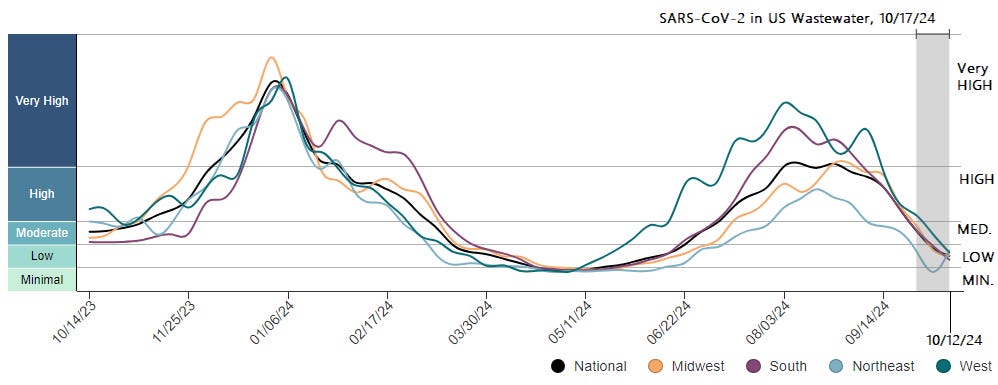
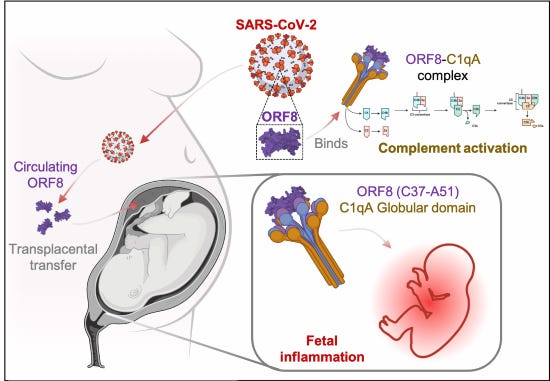
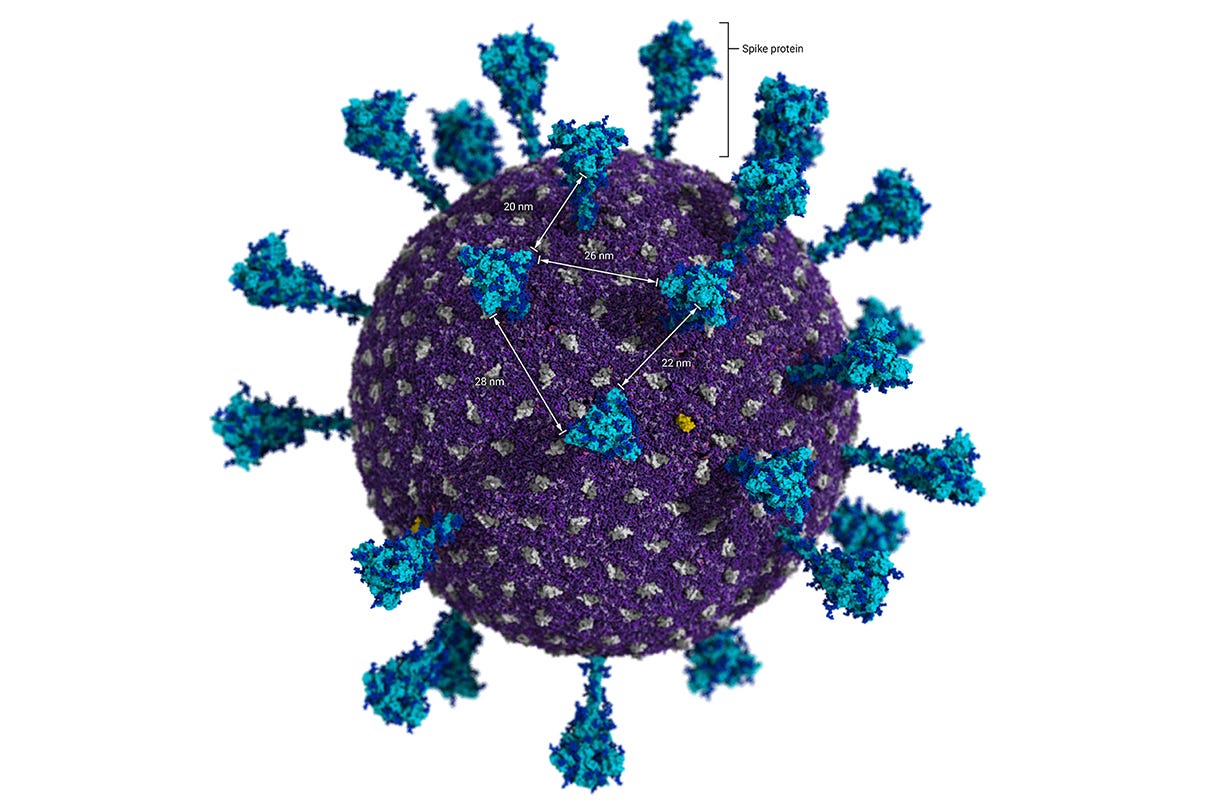
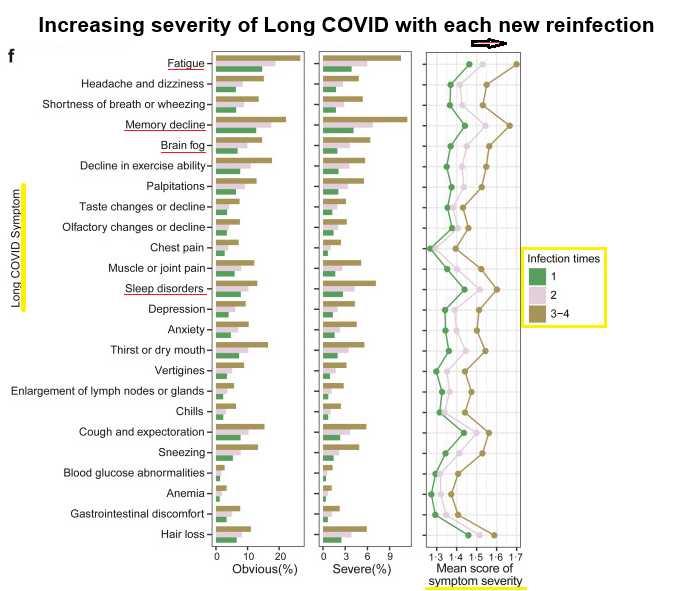
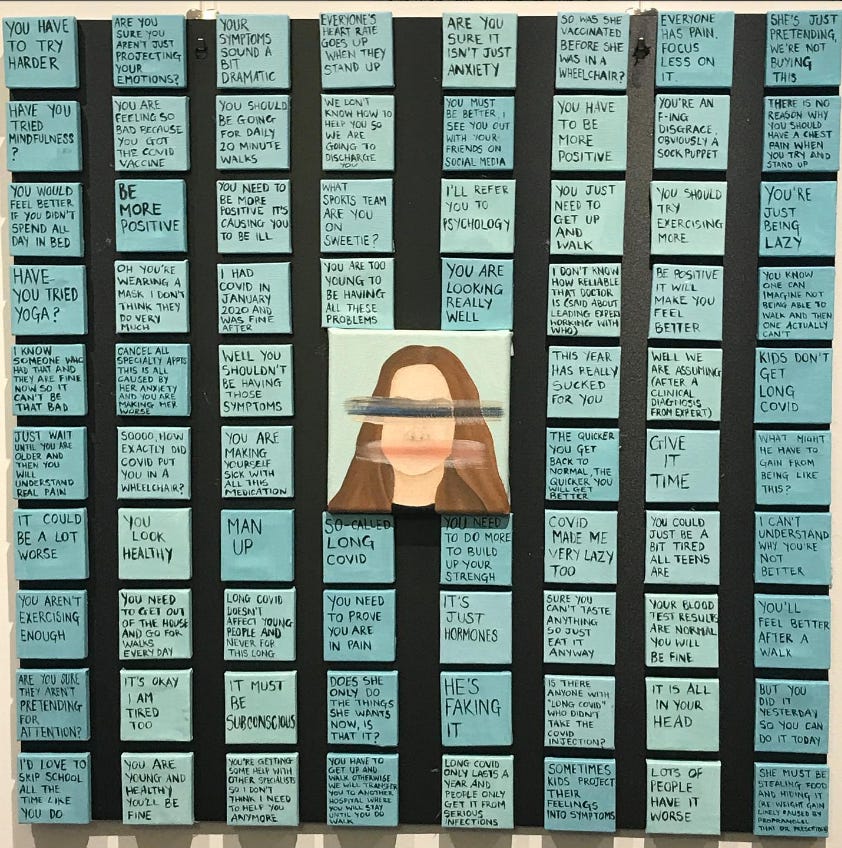
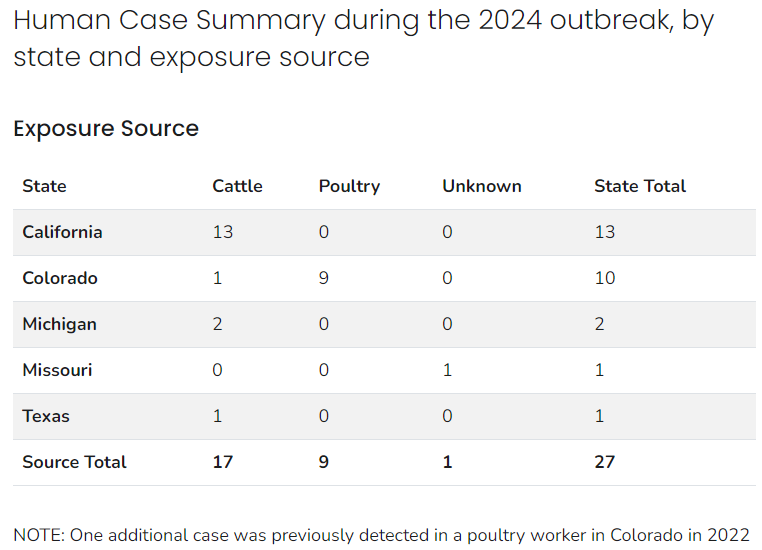













.jpg)
No comments:
Post a Comment